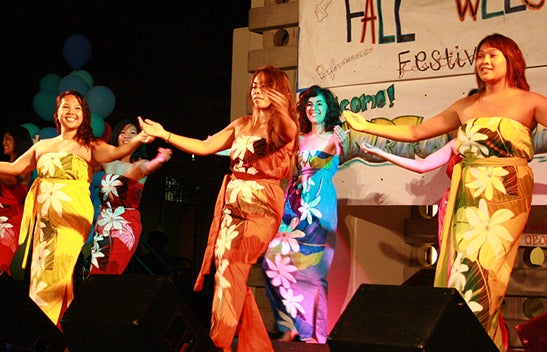Provides educational, cultural and society support for Asian American and Pacific Islander students.
Our History
We’ve come a long way...
In 1982, Asian American and Pacific Islander students made up just 10% of UCR’s undergraduate population and 8% of the graduate student body. In April of 1989, representatives of the Inter-Asian Club Council, the Chinese Students Association, the Japanese Students Association, the Asian Indian Students Association, and Katipunan (the Filipino Student Union) submitted a proposal to UCR requesting a full-time advisor to “coordinate the active needs of the Asian Students Program.” Four months later, APSP opened its doors.
Over the past three decades, we have grown in strength and numbers, and student involvement has increased. Today, nearly one-third of UCR’s student body is comprised of Asian American and Pacific Islander students. We've come a long way in establishing our presence and cultural imprint on this diverse campus.
You Belong at UCR
All programs, services, and events offered through Student Affairs are open to everyone, consistent with federal and state law and the University of California’s nondiscrimination policies. Whether you’re seeking support, joining a community, or participating in campus life, every effort is made to ensure your experience is inclusive, respectful, and accessible, regardless of background or identity.
To learn more, visit the UC Nondiscrimination Statement or the Nondiscrimination Policy Statement for University of California Publications Regarding Student-Related Matters.
